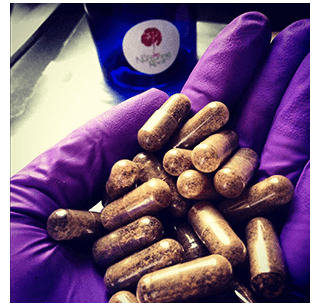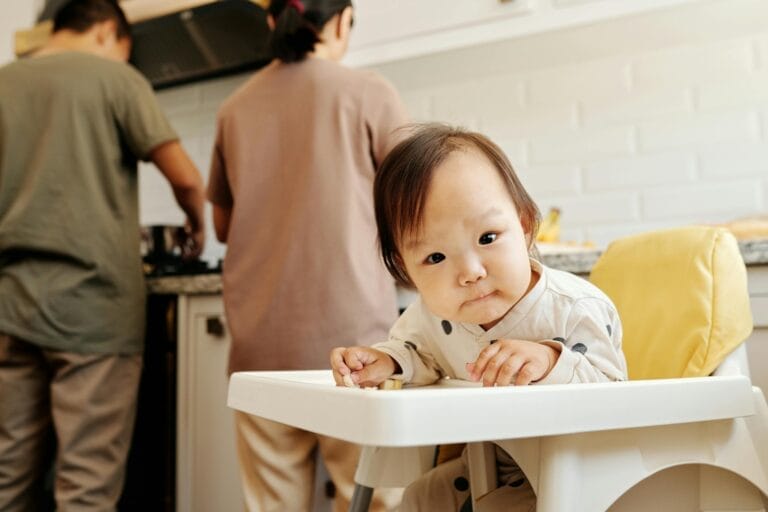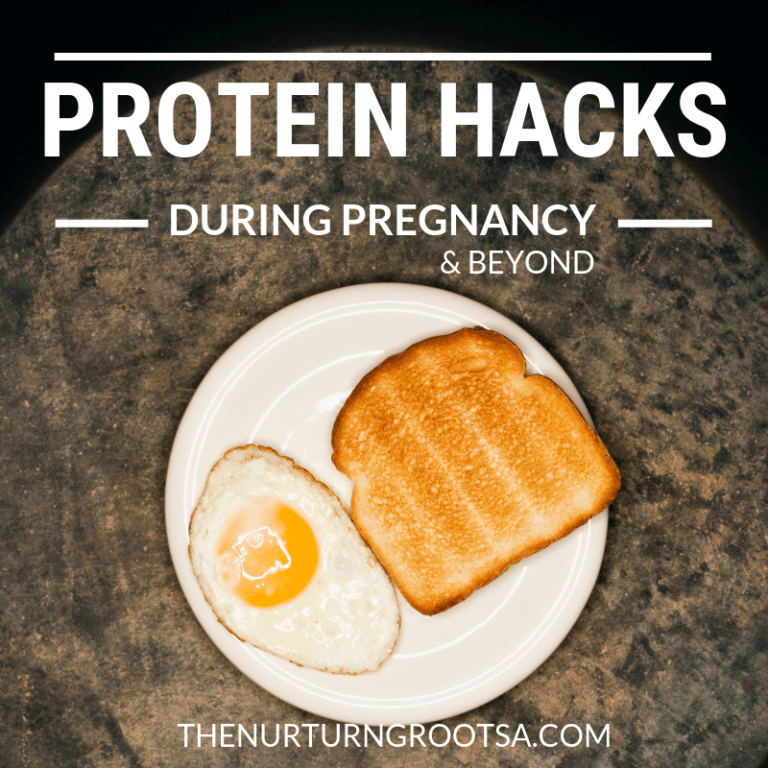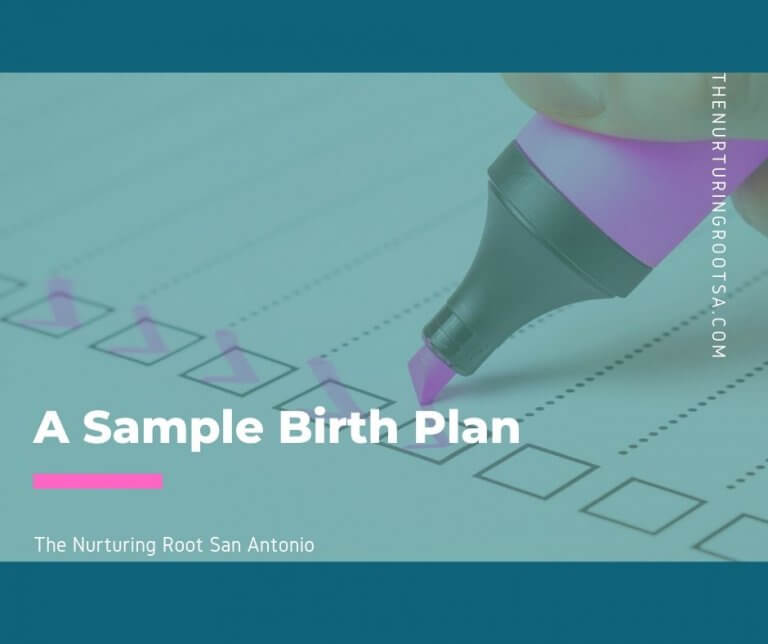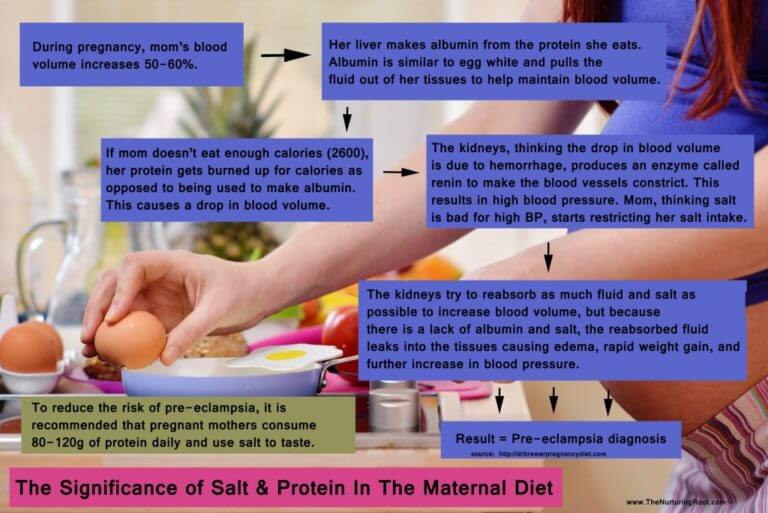Is Placenta Encapsulation Safe for GBS+ People?
Is Placenta Encapsulation Safe?
Recently, The Centers For Disease Control (CDC) released an alarming single case report, in which a newborn was found to have a recurrent infection of group B Streptococcus agalactiae (GBS, group B strep), that was attributed to the mother’s consumption of placenta capsules. This has many people asking, ‘Is placenta encapsulation safe?’ We will navigate the findings of this case report, explore how this occurred, and discuss placenta encapsulation safety.
What are the findings of this case?
The CDC report discussed findings about a newborn who experienced a recurrent group B strep infection. GBS is a common bacterium, found in a person’s intestines or lower genital tract. Group B strep is present in about 25% of pregnant women, and is usually harmless. If transmitted to a newborn during birth, it can cause a rare but serious, illness known as group B strep infection. Because of this, it is standard practice for obstetricians and midwives to test expectant parents for GBS, to determine if colonization is present. In this CDC report, the maternal GBS culture taken at 37 weeks was negative, meaning the mother’s lab test showed no colonization. Very shortly after birth, the newborn exhibited signs of an infection and lab results revealed the infant tested positive for group B strep. The infant was treated with antibiotics and hospitalized for about eleven days. Five days after the newborn’s release from the hospital, the baby again presented with GBS symptoms and tested positive for the same strain of group B strep. The baby was treated and was again released from the hospital after antibiotic therapy. At this point, it was discovered that the baby’s placenta had been encapsulated. The mother had been taking the placenta as capsules from three days postpartum. The capsules were tested and found to contain the same GBS strain that had infected the newborn. The mother’s breast milk was tested and did not contain group B strep, thus breastfeeding was ruled out as a potential source of reinfection. The authors of this report infer that ingestion of the GBS positive placenta capsules may have elevated maternal group B strep intestinal and skin colonization, facilitating transfer to the infant. The authors conclude by stating ‘placenta encapsulation process does not, per se, eradicate infectious pathogens; thus, placenta capsule ingestion should be avoided.’
So, How Did This Happen?
According to the report, the mother hired a company to pick up the placenta from her hospital and encapsulate it. The encapsulated placenta was returned to the mother three days later, and she began taking her capsules until it was suspected that they may be a source of group B strep. The encapsulator, who remained unnamed in the report, prepared the placenta from a raw state, dehydrating it at temperatures ranging from 115°F–160°F. According the CDC, heating at 130°F for 121 minutes is required to reduce bacteria present in placental tissue.
There are three problems with this case contributing to the placenta capsules testing positive for GBS, possibly re-infecting the newborn, and demonstrating unsafe processing practices.
The placenta was dehydrated from a raw state: This placenta was not heated to an adequate temperature, and possibly not for a long enough period of time to kill pathogens, like group B strep. Proper encapsulation protocols, require a specialist to steam the placenta, at 160°F, and then dehydrate it at 130°F for twelve hours. This method drastically reduces the occurrences of potentially harmful bacteria remaining present in the placenta. If the placenta referenced in this case was processed properly, it would almost certainly not have tested positive for group B strep.
Infection was present in baby: It is not a contraindication to encapsulate a placenta if a mother is found to have GBS. But if there is in an infection occurring in the infant or mother following birth, the placenta should absolutely not be encapsulated or consumed. Responsible and properly trained encapsulators will always inform their clients about any and all contradictions to placenta consumption.
The placenta was not processed in the client’s home: Another concern, is that this placenta was picked-up from the mother’s birth place and processed in a location other than her residence. It is impossible to know what type of preparation space the specialist worked in, if proper food safety protocols were followed, and if precautionary guidelines and decontamination practices for handling potentially infectious and biologically hazardous materials were utilized.
So, Is Placenta Encapsulation Safe?
A placenta from a normal, healthy infant and mother, when processed correctly is almost always safe to consume. With proper preparation, placenta encapsulation and consumption possesses almost no danger to a mother or baby.
Final Thoughts
Though startling, this report is only a single case study, and represents the findings and extrapolated assumptions of the authors. This is not an official CDC recommendation pertaining to placenta consumption. The report should serve as a caution for businesses offering encapsulation remedies and for families searching for placenta services. The Nurturing Root steadfastly believes that a placenta should ONLY be processed in a client’s home, using the traditional method, which steams the placenta first, to eradicate possible pathogens. It is crucial that you are able to witness the sanitation protocols implemented by your specialist, and know for certain, that the placenta being encapsulated is yours, it is processed correctly, and it is not contaminated by another source. We strongly encourage you to read this post, that lists six tips to consider before hiring a placenta encapsulation specialist. The Nurturing Root has encapsulated over 650 placentas, to date, with a 100% safety record and we have received only overwhelmingly positive reviews from our families. We believe in absolute transparency in the encapsulation process. Please feel free to contact us with any questions or concerns you may have about the CDC report or placenta encapsulation safety. Ohio families contact us here, and Texas families, here.

